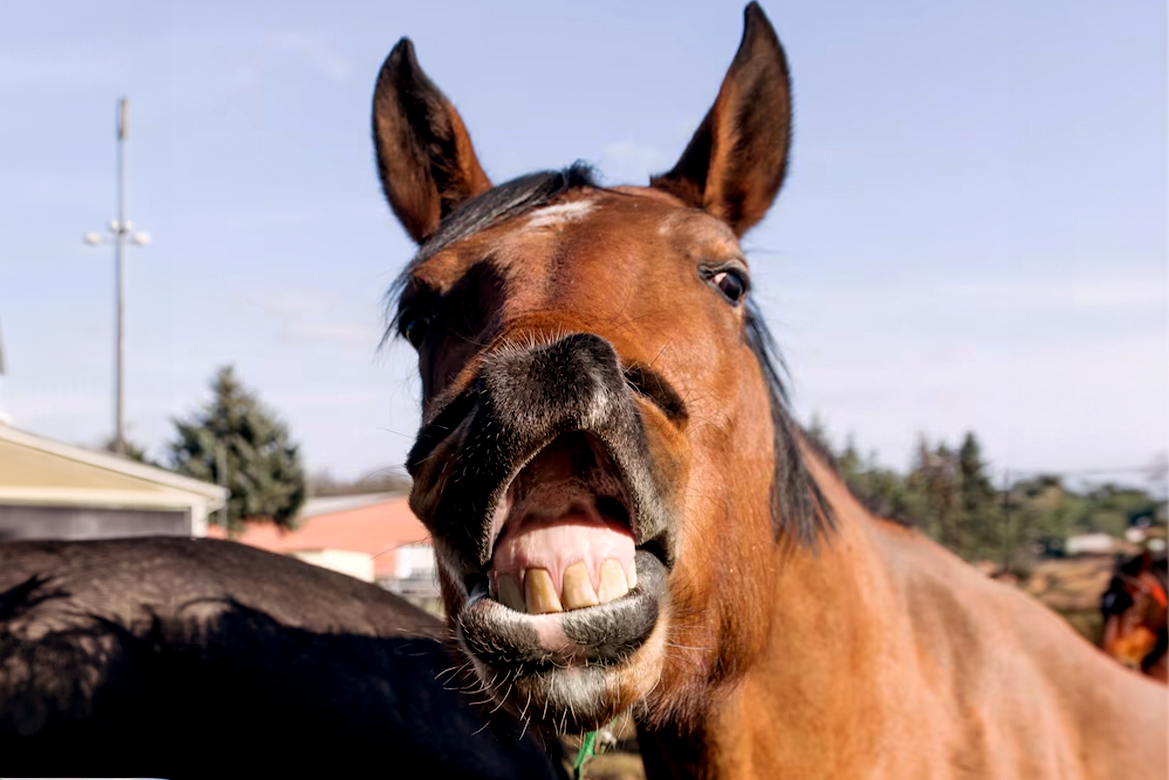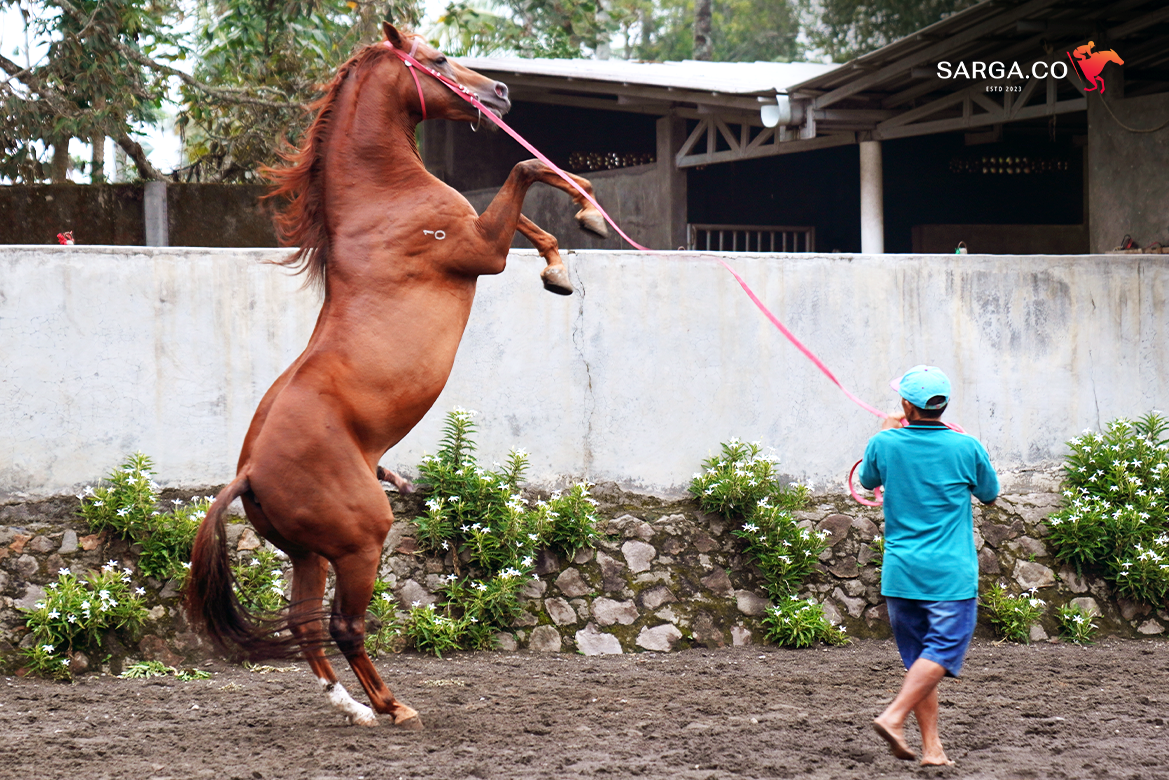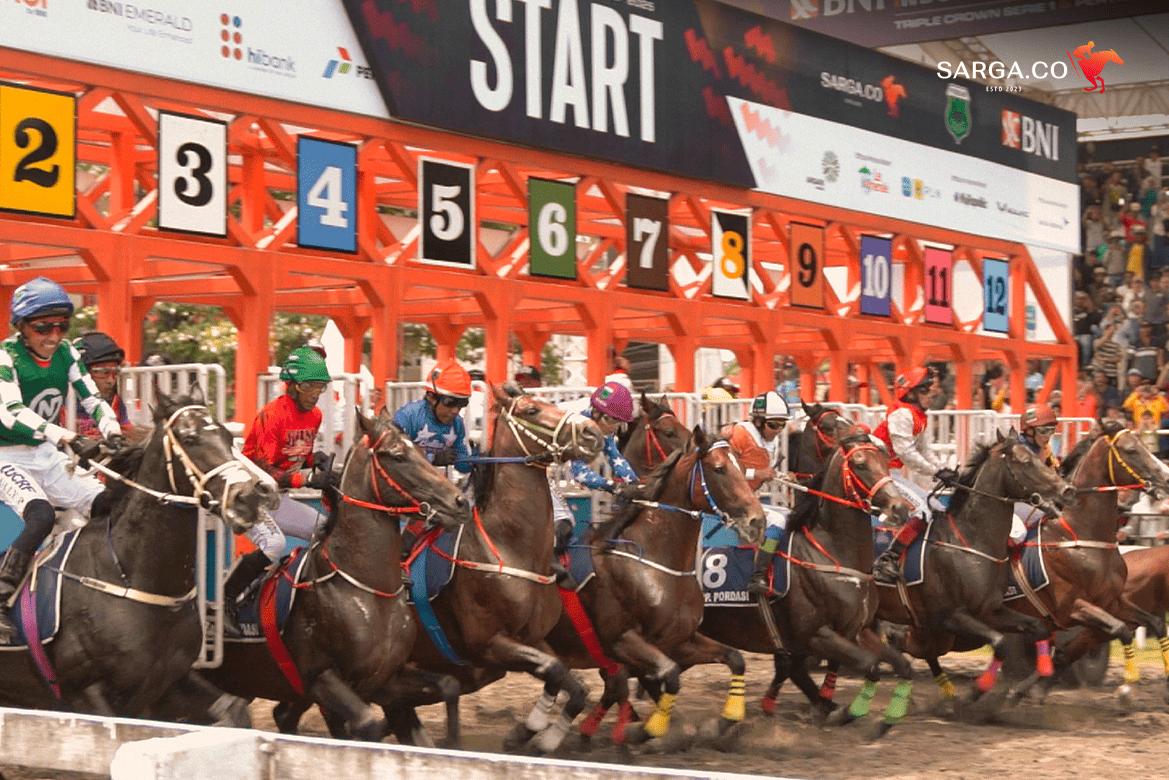SARGA.CO—Knowing a horse’s age is very important for owners and professionals in the equestrian world. It greatly helps in determining the appropriate roles and activities for that horse. In addition, it can also provide proper care and a better understanding of the horse’s physical characteristics according to age.
In this article, we will discuss several methods for determining a horse’s age and the physical signs that can be observed.
Determining the horse’s age: Examining the condition of its teeth
Determining the age of a horse can be seen from the documentation held by its owner. However, if such documentation is unavailable, a visual examination of the physical condition, oral cavity, and dental state can provide an overview of the horse’s health and age.
This was also stated in the research journal by Michael T. Martinm (1999), titled “A Systematic Approach to Estimating the Age of a Horse.” Martinm explains that assessing a horse’s age based on its teeth combines art and science.
Many factors can be used to determine a horse’s age from its teeth. These include changes in tooth growth, tooth surface, and wear on the horse’s teeth.
This research also reveals that the above indicators only provide clues, as the results vary and are not always accurate.
Dental examination is one of the most common and accurate methods for determining a horse’s age. Horse teeth change over time, and specific patterns can be used to estimate their age.
To determine a horse’s age, it is important to first understand its tooth anatomy. For example, observe changes in the canine teeth, molars, incisors, and premolars or front molars.
The types of teeth above should not be damaged, and the formation period of each tooth should be observed. The condition of the teeth while chewing, their shape, and the color of the teeth—for example, if the horse has strong teeth and dark-colored plaque—are signs that the horse is still young.
The growth of a horse’s teeth

Horse tooth anatomy
Source: Premier Equine
Counting the number of teeth in the horse’s mouth is essential in addition to examining the condition of the teeth. Since horses are mammals, their teeth begin to develop when they are embryos.
Their tooth development is similar to that of humans. For example, the first teeth that appear are replaced by permanent teeth.
In a healthy horse, the first molars will erupt at one year of age. Then, between two and three years old, several teeth, including premolars, will be replaced with permanent teeth.
The third molars appear at four years of age, and the main canine teeth begin to appear between three and six years of age. Additionally, horse teeth’ surfaces tend to be smooth due to an enamel layer covering parts of them.
Foals have three premolar teeth, and the canine and first incisor teeth are still forming. Adult male horses have 40 teeth, while adult female horses have 36.
Changes in the shape of horse teeth
Apart from the number of teeth, the changes in a horse’s teeth can also determine its age, particularly in areas where wear is common. This process starts with the incisors (the front teeth), which act as a stopper.
If the horse is six years old, changes will appear on the lower incisors. These changes become more noticeable by seven years old, and changes in the edges of the teeth are visible by eight years old.
Meanwhile, changes in the upper jaw begin to appear at nine years of age, and these changes also occur in the upper incisors. Between 10 and 11 years of age, thinning or wear becomes more evident in the incisors and the middle edges.
Only an equine dentist can accurately determine a horse’s age. If done by an average person, mistakes and inaccuracies in age estimation are common.
The condition of a horse’s teeth is heavily influenced by its lifestyle and the food it is provided. Therefore, careful attention and a professional’s expertise are needed to ensure the horse’s age calculation accuracy.
In addition to the teeth, a horse’s hooves can also indicate its overall health. If the hooves are damaged or cracked, it may signal illness or that the horse has been subjected to heavy work or frequent running.
Proper care according to the horse’s needs
It is important to know how to accurately determine a horse’s age to avoid mistakes in calculations and ensure that the horse not only performs the tasks assigned but also becomes a companion.
A horse’s age is usually estimated based on its condition and number of teeth. However, if certain teeth are missing or permanently altered, this can indicate that the horse is still young and in very good condition.
With proper care, even older female horses can remain productive. Their diet should contain adequate vitamins, minerals, proteins, and iron to support optimal speed and endurance performance.
Every responsible horse owner knows that the horse’s age can be estimated based on its teeth. The mane’s condition, hooves, and overall appearance, such as clear eyes, are also indicators of the horse’s health.
This is a fundamental principle well-known in the equestrian world.




